

|


|
Tamiya Neo Scorcher - 58568
|
Released by Tamiya on July 17, 2013, the Neo Scorcher was the first Tamiya Buggy to use the TT-02B Chassis. Based on the TT-02 On-Road Chassis, it has been designed for easy assembly and maintenance and is able to utilise modern day batteries.
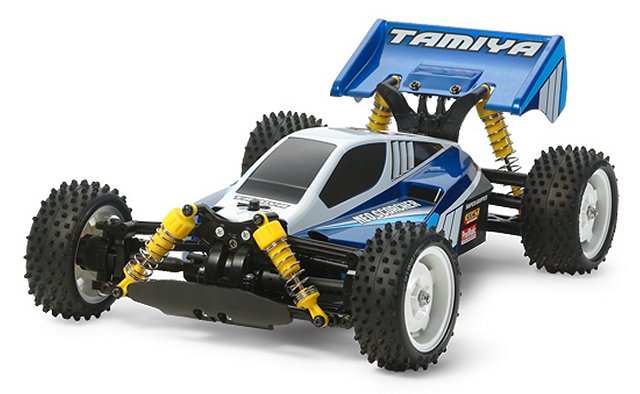
The shaft driven TT-02B Chassis configuration, employs front and rear orbital bevel gear differentials, fully independent double wishbone suspension with coil spring over oil filled dampers.
A 540 Brushed, Torque Tuned electric motor and an Electronic Speed Controller (ESC) are included in the kit. Radio Equipment, Battery, Charger and paint for the body shell must be purchased separately.
The kit comes with plastic and sintered brass bush type bearings, that after a short while, when dust and grit get into them, actually wear into the metal drive shafts that spin in them. If you are building this kit to race seriously, these should be discarded and replaced by a full set of steel shielded ball bearings.
To get the best from the Tamiya Neo Scorcher, it needs to be fine tuned to handle jumps and bumps under control and have enough grip to hug the corners at high speed, without slipping off the track. Small adjustments can make a Big difference and our simple to understand, step by step procedure, will guide you to the best Set-up for your driving style.
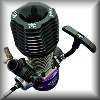
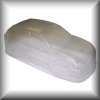
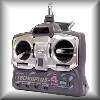
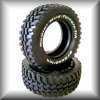
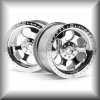
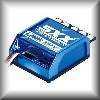
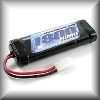
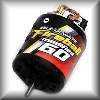
|
|
|

|
|
Tamiya Neo Scorcher #58568 TT-02B - Chassis
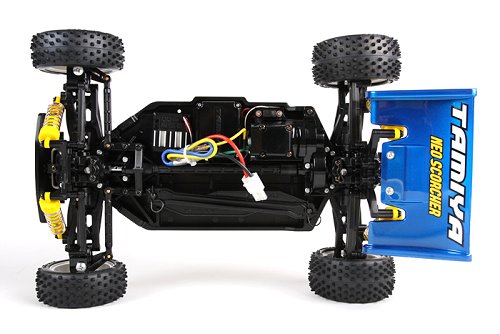 |
|
Tamiya Neo Scorcher #58568 TT-02B
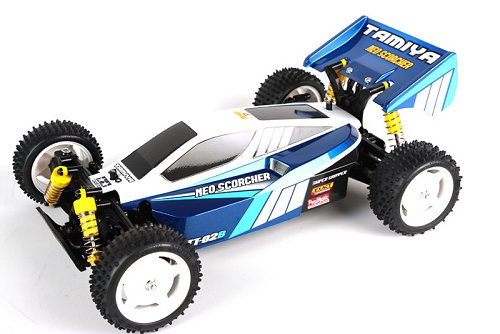 |
Buying a Used Tamiya Neo Scorcher
|
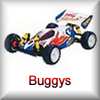
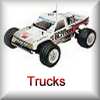
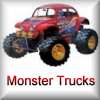
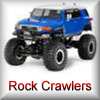
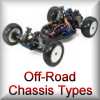
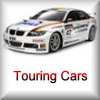
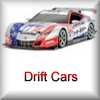
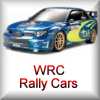
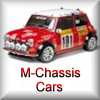
|
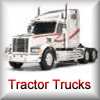
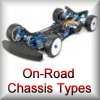
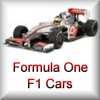
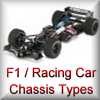
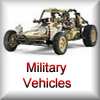
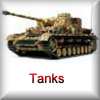
|
|
|
|
Hints, Tips and Information Electric Motors for RC ModelsBrushless Motor Basics
Choosing the right Brushless motor for your needs can be a daunting task for those new to Radio Controlled Models. If you have a local club perhaps you could ask some of the more experienced members for their advice, but a little basic knowledge about the subject, so you know what questions to ask is always useful. |
Information and AdviceElectronic Speed ControllersHistory
ESC were originally developed to be used in conjunction with brushed 27T stock and modified motors in the late 1970s, early 1980s. Compared to modern day Controllers, they were Bulky and heavy, constructed using basic resistors, rheostats, capacitors and transistors, crammed together on a simple circuit board, to provide stepped but smooth acceleration when compared to the old mechanical, servo operated sweeper Speed Controllers. An Electronic Switch to change the direction of current flow was used on some of these early ESC to give reverse operation. Although they were a vast improvement on the old mechanical speedos of the time, they were expensive, jerky to control, and prone to burn out if not carefully looked after. |
|
RC Models:
|
Radio & Motors: |
Other
Accessories: |